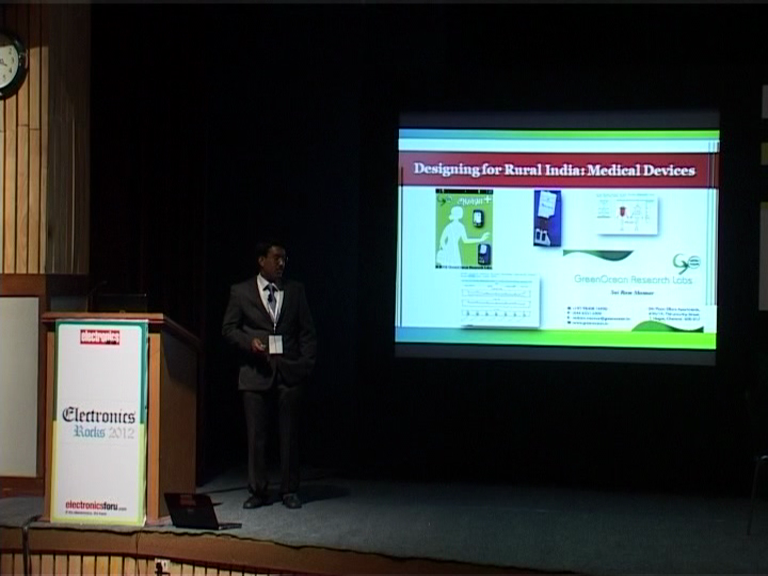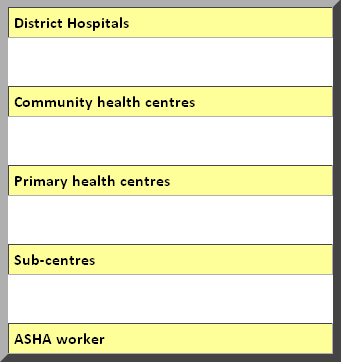
Medical devices intended for use in rural India have certain differences compared to those used almost everywhere else. In this article, we consider the inherent problems in India (rural India, to be specific) and elucidate design constraints and approaches to develop better infrastructure in the way of medical devices leading to a better rural healthcare system.
Over 70% of India’s population lives in a rural setting. Hence, it goes without saying that providing adequate healthcare to this group is of paramount importance. In order for that, the ideal plan is to come up with a whole new healthcare delivery system.
Rural Health Issues
As mentioned before, rural India contains almost 70% of India’s total population and more than half of it lives below the poverty line. They struggle for better and easier access to health care and services. The health issues faced by rural people are diverse and many; from severe malaria to diabetes, from an infected wound to cancer. Post-partum maternal morbidity is also one of the more serious(yet, oft neglected) problems in a resource-poor setting. Rural medical practitioners are highly sought after by people living in rural India as they more affordable and accessible than practitioners working in the formal public health care sector.
The major health issues in the rural sector can be grouped as follows.
– Preventable and curable diseases like cough, cold etc.
– Non-communicable diseases like hyper-tension, diabetes etc.
– Pregnancy along child-birth related issues like post-partum depression.
– Immunisation and child-health.
– Personal and Communal Hygiene.
Mr Sai Ram Mannar, Director at GreenOcean Research Labs says, “The traditional set-up which works very well in the urban areas will not work in a rural setting. There are challenges to look into and solutions to find out, all of which will take a determined and concise approach.”
Rural healthcare infrastructure in India
The rural healthcare system can be broadly classified (hierarchically) as follows

The ASHA worker is the most important cog in this wheel. ASHA stands for Accredited Social Health Activists and they are community health workers instituted by the Government of India’s Ministry of Health and Family Welfare (MoHFW) as part of the National Rural Health Mission (NRHM).
A list of their tasks include motivating women to give birth in hospitals, bringing children to immunization clinics, encouraging family planning (e.g. surgical sterilization), treating basic illness and injury with first aid, keeping demographic records, and improving village sanitation. But their most important contribution is to serve as a key communication mechanism between the healthcare system and rural populations.
As we move up the hierarchy, the system starts breaking down as the accessibility and the reach factors come into play and people living far away from the centres are at a disadvantage.
The point to note is that since the differences in the rural settings are a prime reason for the lack of penetration of the medical centres, the solutions (a.k.a the medical devices) should be designed keeping these factors in mind.
Design considerations for medical devices in rural India
1. Accuracy, Reliability and Durability
Accuracy, reliability, and durability are three of the most important design considerations. The specific end user of the product will determine the need accuracy for the product. Reliability and durability are generally much more important to the end consumer compared with accuracy. Due to a multitude of products which don’t have reliable warranties or products which have been donated with little or no support, reliability has become a major consideration in the purchase of a product.
2. Size and weight
Space comes at a premium in already scant medical throughout the world. Many patients are generally combined into one single room, which means that products should be as small and light as possible which can lead to an increased portability.
3. Materials
If medical devices are intended for production on a large scale, care must be taken to ensure that these materials will be available for distribution within the country.
4. Power requirements
Any devices which is electrical in nature, must take into account the power concerns throughout the country. Medical devices which operate on battery power are especially important in countries like India, which don’t have assured power supply for an extended period. Not only should batteries be used as a means of electrically isolating the high voltage wall outlet, but also they are required to ensure that medical devices will continue to operated since in India, power can be sporadic at best.
5. Ease of manufacture
As many of the devices which will be designed will be ideally sold and manufactured in the same country, ease of manufacture should be taken into concern. The easier it is to manufacture a product the better.
6. Language issues
Language issues should be addressed for many countries within the developing world as multilingual countries are far more common as compared with developed countries. Specifically in India 29 languages are spoken by more than a million native speakers, 122 by more than 10,000.






